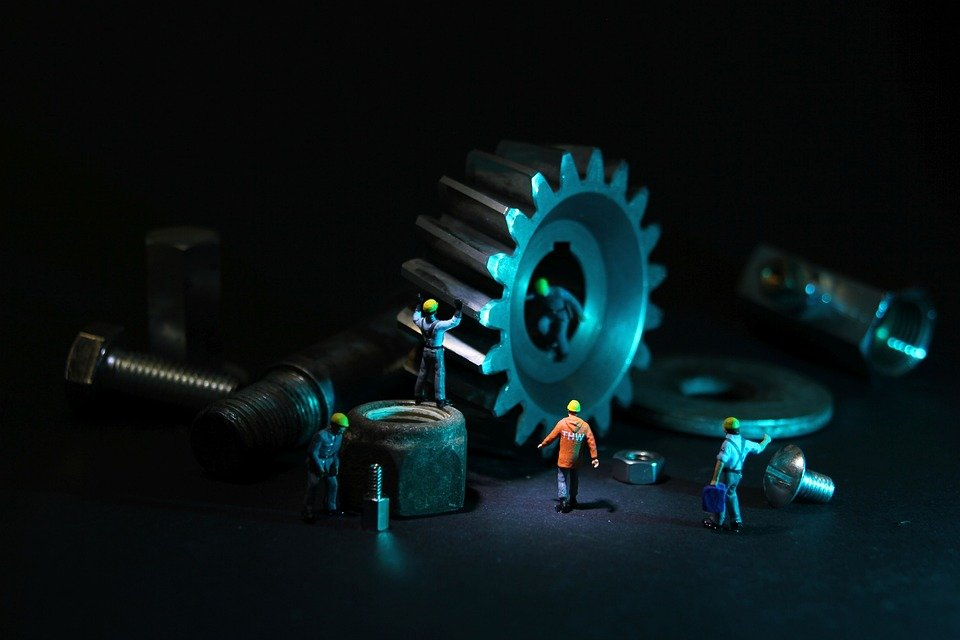Different precision tools have been used for more than 2,000 years in rock engravings and many other industries. Today, they serve a variety of applications in machining technology. Precision tooling serves various potential roles in production. Each of them can be a potential source of quality problems that may lead to great damages for the company in the long run if not paid attention to. Most people aren’t sure whether they should choose precision tooling or super precision tooling. This blog will compare the two and explain their differences.
Fundamental Differences
Precision tooling is designed for high-volume workpieces with relatively low tolerances, while super precision tooling generates parts with tight tolerances. Precision tooling often has a greater amount of finishing involved than super precision equipment and requires more labor. Super-precision specialty tools are often made from different materials than those found in conventional production equipment, such as tungsten carbide inserts, which have high resistance against wear and can sustain higher cutting speeds.
Super-precision equipment often includes complex measuring systems to continually monitor and adjust the position of the cutting edge relative to the workpiece surface, or otherwise maintain a certain degree of accuracy throughout its use. A multimillion-dollar cutting system, which lengthens the production activity, requires precision tooling that can be maintained at a constant level of accuracy to meet customer specifications. Products that require high precision and require precise measurements, such as medical or pharmaceutical products, often rely on super precision equipment to achieve their final objective.
Choosing the Better
Being able to achieve a higher standard of quality and precision at a lower cost means that precision tooling is often seen as more attractive due to its ability to produce higher-quality products. Precision tools often do not require extensive training or experience to be used.
In contrast, super-precision tools often require more time to learn how to use them effectively. Super-precision equipment is often very large and complex, and it requires a lot of experience to set them up in the first place. They’re often made from materials that aren’t compatible with other forms of production tooling, such as monocrystalline diamond (MD) inserts for super-precision milling or wire EDM.
Additionally, super-precision tools can cost just as much as conventional tooling, though they may be used for a more specific purpose. For example, a diamond wire for wire EDM is typically more expensive than a conventional end mill.
Cost
The most significant disadvantage to super precision tooling is the high cost of production. Super-precision tools often have a higher price tag than conventional tools, and this can make them less economical in the long run. Additional costs are often incurred by special personnel required during the setup process. The time and cost needed to set up these tools in the first place may be more detrimental to the project’s overall feasibility than not using super-precision equipment at all.
Moreover, super-precision tooling programs require much more detailed data than the standard program and a lot of added features. For instance, the higher-priced software can produce accurate models that are much finer than those made by the standard precision tool, which will give you greater accuracy and decreased size of your finished product. The disadvantage is that these programs are quite costly.
Accuracy
The primary difference between super precision tooling software and its less expensive counterpart is that it has more data points per second in its calculations to make a better end result. The higher the data points per second, the more accurate your output will be, and the better modeling quality you will get in the end.
Moreover, the less expensive program doesn’t simulate the same accuracy as that of the high-end software. Standard precision tooling programs also operate on some principles that aren’t exact. If you’re looking for more than just a simple model with holes punched into it, you should seek out a super precision tooling program so that you can get a perfect reproduction of your design.

At MD Design & Automation, we offer design manufacturing, CNC prototyping, and many other services with our designing capabilities. We are known for our CNC production, precision machining & manufacturing, precision cnc machining services, Jig grinding, Cnc production, Cnc and manual turning, 4 and 5 axis machining, precision grinding, CMM inspection, electrical discharge machining Wisconsin, EDM machining, short-run machining, manual milling turning Wisconsin, and more. Connect with our experts at 262.338.1982 to discuss your project, get a prompt estimate, or request a quote.
